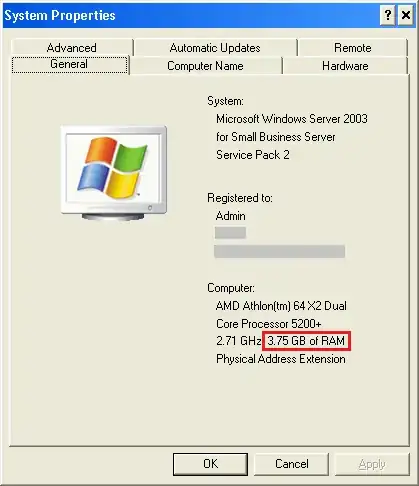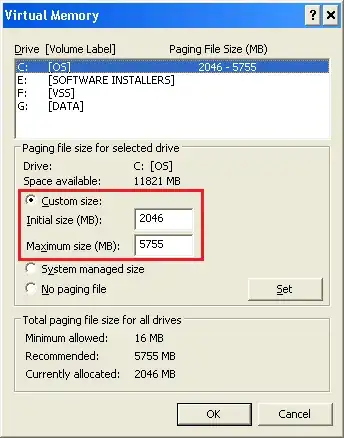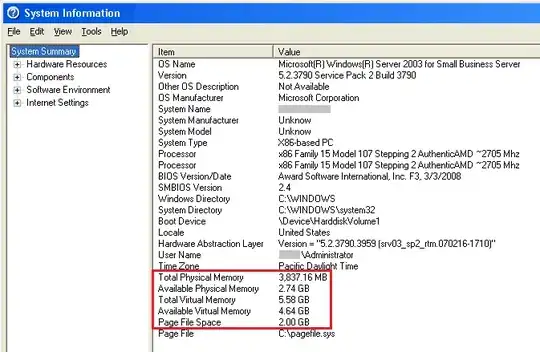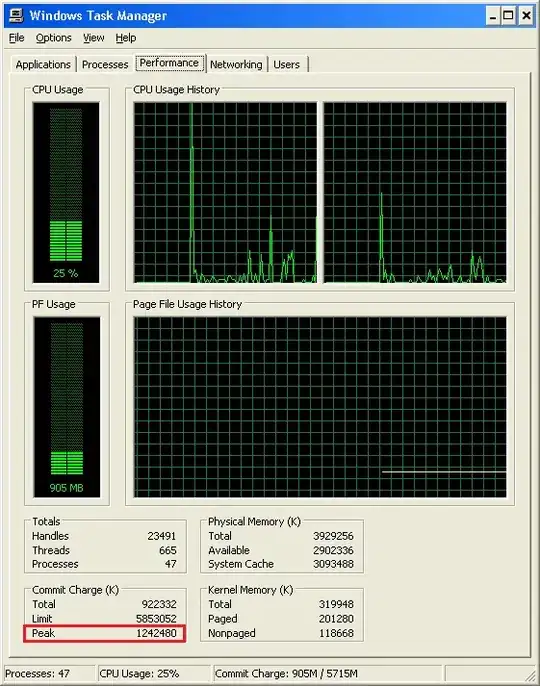Also, it has 4GB of RAM installed, but only 3.75GB visible to the OS.
SBS 2003 was limited to 4GB and 32-bit versions of Windows lose a little memory due to system device space - it's just a limitation.
I am not sure why the previous IT guy opted for x86 when I it has a
64-bit CPU.
There was no 64-bit version of SBS 2003.
a) Should I leave the virtual memory with its existing custom
settings- or is there any value in tweaking it? What would you change
the virtual memory configuration to, and why?
Set it to 'System Managed Size.
b) Also, any theories as to why the previous IT guy only put a 32-bit
version of SBS 2003 on this server, despite the hardware supporting
64-bit, would be appreciated. It bugs me that not all of the memory is
visible to the OS. I wonder if this was done for compatibility reasons
(or because x64 is more memory-hungry and 4GB RAM wouldn't be enough
to see a net benefit)- or if he basically just screwed up and should
have put x64 on there to start with?
As above - you clearly don't know the basics of what you have, in fact googling for "SBS 2003 64 bit" shows this right away.



